Home>Gardening & Outdoor>Outdoor Structures>What Are Pergola Designs?
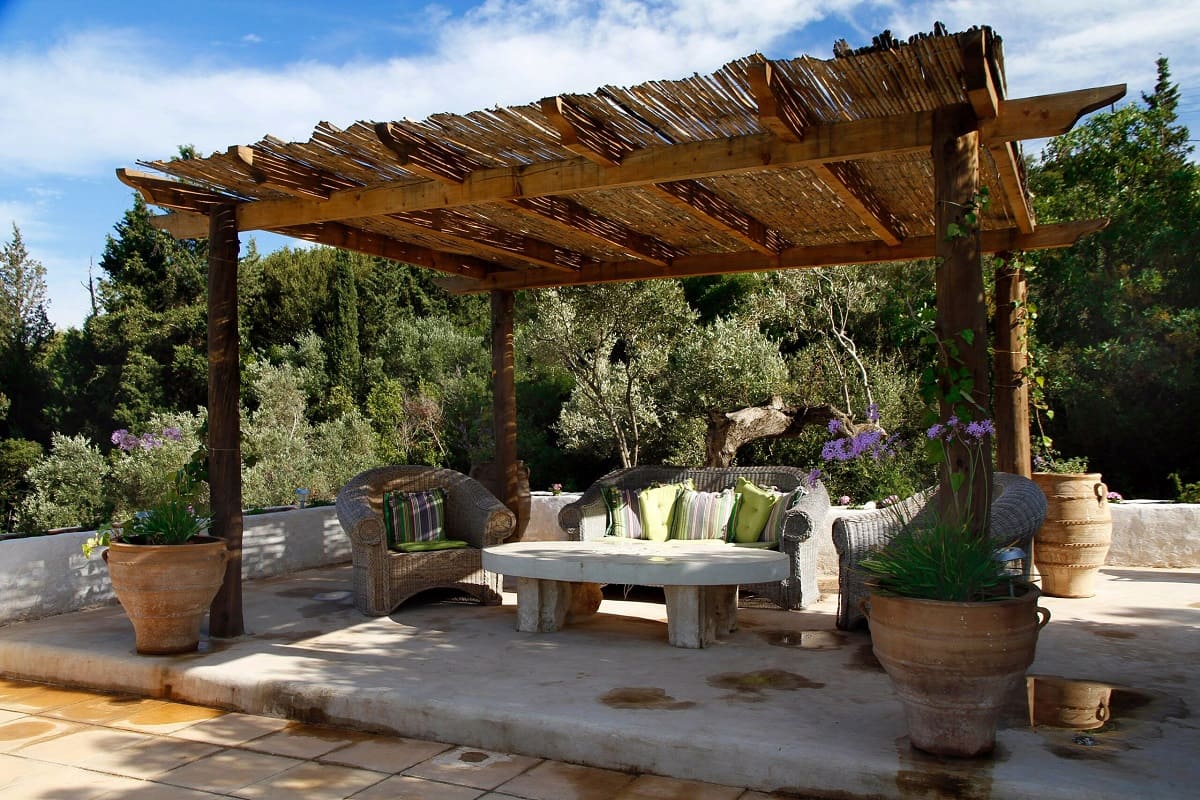

Outdoor Structures
What Are Pergola Designs?
Modified: August 27, 2024
Discover the beauty of outdoor structures with various pergola designs. Enhance your outdoor space with stylish and functional pergolas. Explore different options now!
(Many of the links in this article redirect to a specific reviewed product. Your purchase of these products through affiliate links helps to generate commission for Storables.com, at no extra cost. Learn more)
Introduction
Pergolas are enchanting outdoor structures that have been adorning gardens, patios, and yards for centuries. These elegant yet functional architectural elements serve as versatile additions to outdoor spaces, providing shade, defining areas, and adding a touch of sophistication to any landscape. Whether you envision a cozy retreat for intimate gatherings or a picturesque setting for al fresco dining, pergolas offer endless possibilities for enhancing your outdoor living experience.
In this comprehensive guide, we will explore the captivating world of pergola designs, delving into the timeless allure of traditional styles and the innovative concepts shaping modern interpretations. From the classic charm of attached pergolas to the flexibility of freestanding designs, we will uncover the diverse array of options available to suit various preferences and spatial requirements.
Embark on a journey through the artistry of pergola design, where we will discuss the materials that bring these structures to life and provide valuable insights to help you select the perfect pergola for your outdoor oasis. Whether you seek a rustic retreat, a contemporary escape, or a harmonious blend of styles, the realm of pergola designs awaits, ready to inspire and elevate your outdoor sanctuary.
Key Takeaways:
- Pergolas are timeless outdoor structures that blend form and function, offering versatile options for creating captivating retreats in gardens, patios, and yards. Traditional and modern designs cater to diverse preferences and lifestyles, enriching outdoor living experiences.
- When choosing a pergola design, consider the space, functional needs, aesthetic preferences, and material options to create a personalized outdoor sanctuary. Whether seeking a cozy retreat or a multifunctional entertainment hub, the artistry of pergola designs offers boundless opportunities for elevating outdoor living spaces.
Read more: What Is A Pergola For?
Traditional Pergola Designs
Traditional pergolas exude a timeless charm, evoking a sense of rustic elegance and old-world allure. These designs often feature classic elements such as intricately carved wooden beams, latticed roofs, and ornate details that pay homage to their historical origins. The traditional pergola’s open structure allows climbing plants such as wisteria, grapevines, or roses to intertwine and create a picturesque canopy, casting dappled sunlight and adding a romantic ambiance to the space.
One of the most iconic traditional pergola styles is the Tuscan-inspired design, characterized by sturdy, weathered wood beams and earthy, natural hues that seamlessly blend with the surrounding landscape. The Mediterranean influence is evident in the use of simple yet elegant lines, creating a serene and inviting atmosphere that beckons visitors to linger and savor the beauty of the outdoors.
Another revered traditional design is the Japanese pergola, renowned for its minimalist aesthetic and harmonious integration with nature. Crafted from resilient yet graceful materials such as bamboo or cedar, Japanese pergolas exude an understated elegance and often feature intricate lattice work, providing a delicate framework for climbing vines and creating a tranquil retreat reminiscent of a Zen garden.
Traditional pergolas are also celebrated for their adaptability, seamlessly complementing various architectural styles and landscapes. Whether adorning a sprawling estate, a quaint cottage garden, or a charming courtyard, these designs infuse outdoor spaces with a sense of history and timeless allure, inviting inhabitants to revel in the beauty of nature while enjoying the comforts of a thoughtfully designed shelter.
Embracing the rich heritage of traditional pergola designs allows homeowners to create captivating outdoor sanctuaries that pay homage to the past while offering a tranquil escape from the bustle of modern life.
Modern Pergola Designs
Embracing innovation and contemporary aesthetics, modern pergola designs redefine outdoor living with sleek lines, cutting-edge materials, and a seamless integration of form and function. These avant-garde structures epitomize the marriage of art and architecture, offering a compelling blend of style and practicality that resonates with today’s design sensibilities.
One hallmark of modern pergola designs is their emphasis on clean, minimalist profiles that exude a sense of understated sophistication. Often crafted from durable materials such as aluminum, steel, or composite wood, these pergolas boast a streamlined appearance that harmonizes effortlessly with modern residences and urban landscapes.
Furthermore, modern pergola designs frequently showcase innovative adjustable louvers or retractable canopies, allowing inhabitants to effortlessly regulate sunlight and ventilation to suit their preferences. This dynamic feature not only enhances comfort but also showcases the adaptability of modern pergolas in accommodating diverse weather conditions and outdoor activities.
Moreover, the integration of cutting-edge technology, such as LED lighting systems and built-in speakers, transforms modern pergolas into multifunctional entertainment hubs. Whether hosting evening soirees or enjoying tranquil moments under the stars, these technologically infused designs elevate outdoor experiences and extend the usability of outdoor spaces well into the night.
Modern pergolas also embrace sustainable principles, often incorporating eco-friendly materials and energy-efficient features. From solar panels that power integrated lighting to recycled composite materials that minimize environmental impact, these designs reflect a conscientious approach to outdoor living, resonating with environmentally conscious homeowners.
By embracing the principles of contemporary design and technological innovation, modern pergola designs offer a compelling vision of outdoor luxury, seamlessly blending form and function to create captivating spaces that cater to the demands of modern lifestyles while celebrating the artistry of outdoor architecture.
Attached Pergola Designs
Attached pergolas are architectural marvels that seamlessly extend the living space of a home, blurring the boundaries between indoor and outdoor environments. These designs are affixed to the exterior of a building, often adorning patios, decks, or even seamlessly integrating with the façade of the house. The attachment not only enhances the structural integrity but also creates a harmonious transition from the indoor living areas to the captivating outdoor retreat.
One of the defining features of attached pergola designs is their ability to provide partial shade and shelter, effectively transforming open outdoor spaces into sheltered havens. Whether enjoying a leisurely breakfast on the patio or hosting a festive gathering, the attached pergola offers a sense of intimacy and protection from the elements, while still allowing for an open-air experience.
Furthermore, attached pergolas serve as elegant architectural accents, enhancing the visual appeal of the home’s exterior. These designs can be customized to complement the architectural style of the residence, seamlessly integrating with the existing structure to create a cohesive and visually striking ensemble.
Attached pergolas also offer a versatile canvas for creativity, allowing homeowners to personalize the space with elements such as hanging plants, outdoor curtains, or integrated lighting fixtures. These embellishments infuse the attached pergola with individual character, transforming it into a captivating outdoor sanctuary that reflects the homeowner’s unique style and preferences.
Moreover, the attachment of pergolas to the home facilitates convenient access and promotes a natural flow between indoor and outdoor spaces. Whether used as an extension of the living room, a sheltered dining area, or an inviting alcove for relaxation, attached pergolas elevate the functionality and aesthetic appeal of the home, enriching the outdoor living experience.
By seamlessly melding with the architecture of the home and offering a sheltered extension of the indoor living spaces, attached pergola designs epitomize the art of harmonious integration, creating captivating outdoor retreats that are as functional as they are visually stunning.
When designing a pergola, consider the size and shape of your outdoor space, the materials you want to use, and the level of shade and privacy you desire. Research different designs and styles to find the best fit for your needs.
Freestanding Pergola Designs
Freestanding pergolas stand as captivating focal points within outdoor settings, offering versatile and picturesque retreats that beckon visitors to savor the beauty of their surroundings. These designs, unbound by the constraints of a building’s exterior, exude a sense of freedom and creativity, allowing for placement in various locations within a garden, yard, or open outdoor space.
One of the defining features of freestanding pergola designs is their ability to create distinct outdoor rooms or zones within a larger landscape. Whether serving as an open-air dining area, a tranquil meditation space, or a captivating setting for outdoor celebrations, freestanding pergolas delineate specific areas while maintaining an open and airy ambiance.
Moreover, freestanding pergolas offer an opportunity for creative landscaping and horticultural expression, as they can be strategically positioned to frame breathtaking views, accentuate garden features, or provide a stunning backdrop for cascading vines and blossoming flora. This integration with nature elevates the freestanding pergola into a living, breathing element of the outdoor environment, enriching the overall aesthetic and sensory experience.
Furthermore, freestanding pergolas often serve as captivating entryways or transitional elements within the landscape, guiding visitors through a visual journey as they explore the outdoor space. Whether positioned at the entrance of a garden, along a winding pathway, or as a striking centerpiece amidst lush greenery, these designs captivate the imagination and invite exploration.
Additionally, freestanding pergolas offer versatile opportunities for personalization and customization, allowing for the incorporation of features such as outdoor seating, hanging swings, or decorative elements that infuse the space with individual character. This adaptability enables homeowners to create unique and inviting outdoor retreats that reflect their lifestyle and preferences.
By embracing the freedom of placement and the potential for creative expression, freestanding pergola designs embody the spirit of outdoor living, offering captivating retreats that harmonize with nature and inspire moments of tranquility and connection within the landscape.
Read more: Distinctive Pergola Ideas
Pergola Design Materials
The choice of materials plays a pivotal role in defining the character, durability, and aesthetic appeal of pergola designs. From natural woods that exude warmth and timeless charm to modern composites that offer low maintenance and longevity, the selection of materials significantly influences the overall look and feel of these architectural marvels.
Wood remains a classic and beloved choice for pergola construction, with cedar and redwood standing out as popular options due to their natural resistance to decay and insects, as well as their striking grain patterns and rich hues that gracefully weather over time. These organic materials infuse pergolas with a sense of rustic elegance and warmth, creating inviting outdoor sanctuaries that seamlessly blend with the natural surroundings.
For those seeking a balance between aesthetic appeal and low maintenance, composite materials such as vinyl, fiberglass, or aluminum offer compelling alternatives. These modern materials boast exceptional durability, resistance to rot and weathering, and a wide range of color options, allowing for versatile customization to suit diverse design preferences and architectural styles.
Another noteworthy material for pergola designs is steel, renowned for its structural strength and sleek, contemporary appeal. Steel pergolas offer a striking visual contrast when paired with organic elements such as wood or climbing vines, creating captivating focal points that seamlessly integrate with modern architectural landscapes.
Furthermore, the choice of roofing materials significantly impacts the functionality and ambiance of a pergola. Traditional options such as wooden lattice or thatch evoke a romantic, dappled sunlight effect, while modern alternatives such as polycarbonate panels or retractable fabric canopies provide adjustable shade and weather protection, enhancing the versatility and comfort of the outdoor space.
Ultimately, the selection of materials for pergola designs is a deeply personal and stylistic decision, influenced by factors such as climate, maintenance preferences, and the desired aesthetic impact. Whether embracing the organic allure of natural woods, the contemporary appeal of composite materials, or the structural strength of steel, each material choice contributes to the creation of captivating outdoor retreats that enrich the outdoor living experience.
Tips for Choosing the Right Pergola Design
When embarking on the journey of selecting the perfect pergola design for your outdoor space, several key considerations can guide you toward a choice that harmonizes with your lifestyle, architectural style, and landscape. By carefully evaluating these factors, you can ensure that your pergola not only enhances the visual appeal of your outdoor sanctuary but also aligns with your practical needs and design preferences.
Assess Your Outdoor Space: Begin by evaluating the dimensions, layout, and topography of your outdoor area. Consider the available space for the pergola, the desired placement, and how it will integrate with existing landscaping features and architectural elements. Understanding these aspects will help determine whether an attached or freestanding pergola is the most suitable option for your outdoor environment.
Define Your Functional Requirements: Identify the primary functions you envision for your pergola, whether it’s providing shade for outdoor dining, creating a cozy seating area, or serving as a picturesque backdrop for garden gatherings. Clarifying your practical needs will guide the design choices, such as the size, roofing materials, and additional features that will optimize the pergola’s functionality.
Consider Your Aesthetic Preferences: Reflect on your personal style and the architectural character of your home and outdoor space. Whether you lean toward traditional elegance, modern sophistication, or a blend of styles, aligning the pergola design with your aesthetic preferences will ensure a seamless integration with the overall visual narrative of your outdoor sanctuary.
Explore Material Options: Delve into the diverse array of materials available for pergola construction, considering factors such as durability, maintenance requirements, and the desired aesthetic impact. Whether you are drawn to the organic warmth of wood, the contemporary allure of metal, or the practicality of composite materials, the choice of materials will significantly influence the longevity and visual appeal of your pergola.
Embrace Customization and Personalization: Embrace the opportunity to personalize your pergola with custom features that reflect your lifestyle and design sensibilities. Whether it’s incorporating integrated lighting, adjustable louvers, or decorative elements that infuse the space with individual character, customization allows you to create a truly unique outdoor retreat that resonates with your vision.
Seek Professional Guidance: Consulting with experienced designers or contractors can provide valuable insights and expertise in navigating the myriad options available for pergola designs. Professionals can offer tailored recommendations, assist in visualizing the final design, and ensure that the construction process aligns with your practical and aesthetic goals.
By carefully considering these tips and aligning them with your unique preferences and outdoor lifestyle, you can confidently select a pergola design that not only enriches your outdoor living experience but also stands as a captivating expression of your personal style and vision.
Conclusion
The world of pergola designs is a captivating tapestry of artistry, innovation, and timeless allure, offering an enchanting array of options to elevate outdoor living spaces. From the classic elegance of traditional designs to the sleek sophistication of modern interpretations, pergolas stand as versatile architectural elements that enrich landscapes and beckon inhabitants to savor the beauty of the outdoors.
Whether adorning a quaint courtyard, a sprawling garden, or a contemporary urban terrace, pergolas serve as captivating retreats that seamlessly blend form and function, creating harmonious extensions of indoor living spaces and captivating focal points within outdoor environments. The choice of attached or freestanding designs, the selection of materials, and the integration of personalized features collectively contribute to the creation of captivating outdoor sanctuaries that reflect the unique lifestyle and design preferences of homeowners.
As homeowners embark on the journey of selecting the perfect pergola design, they are invited to explore a realm of creative possibilities, guided by considerations of space, functionality, aesthetics, and personal expression. Whether seeking a sheltered dining area, a tranquil meditation space, or a multifunctional entertainment hub, the versatility of pergola designs offers boundless opportunities to cultivate captivating outdoor retreats that cater to diverse needs and design sensibilities.
Ultimately, the art of choosing the right pergola design lies in the seamless integration of practical requirements, aesthetic preferences, and personalized touches, culminating in the creation of an outdoor sanctuary that harmonizes with the natural beauty of the surroundings and enriches the outdoor living experience. By embracing the artistry of pergola designs, homeowners embark on a journey of transformation, elevating their outdoor spaces into captivating realms that invite relaxation, celebration, and a deep connection with the splendor of nature.
With each carefully selected detail, from the choice of materials to the incorporation of custom features, homeowners infuse their pergola designs with individual character and style, creating outdoor retreats that resonate with their unique vision and elevate the art of outdoor living.
Frequently Asked Questions about What Are Pergola Designs?
Was this page helpful?
At Storables.com, we guarantee accurate and reliable information. Our content, validated by Expert Board Contributors, is crafted following stringent Editorial Policies. We're committed to providing you with well-researched, expert-backed insights for all your informational needs.

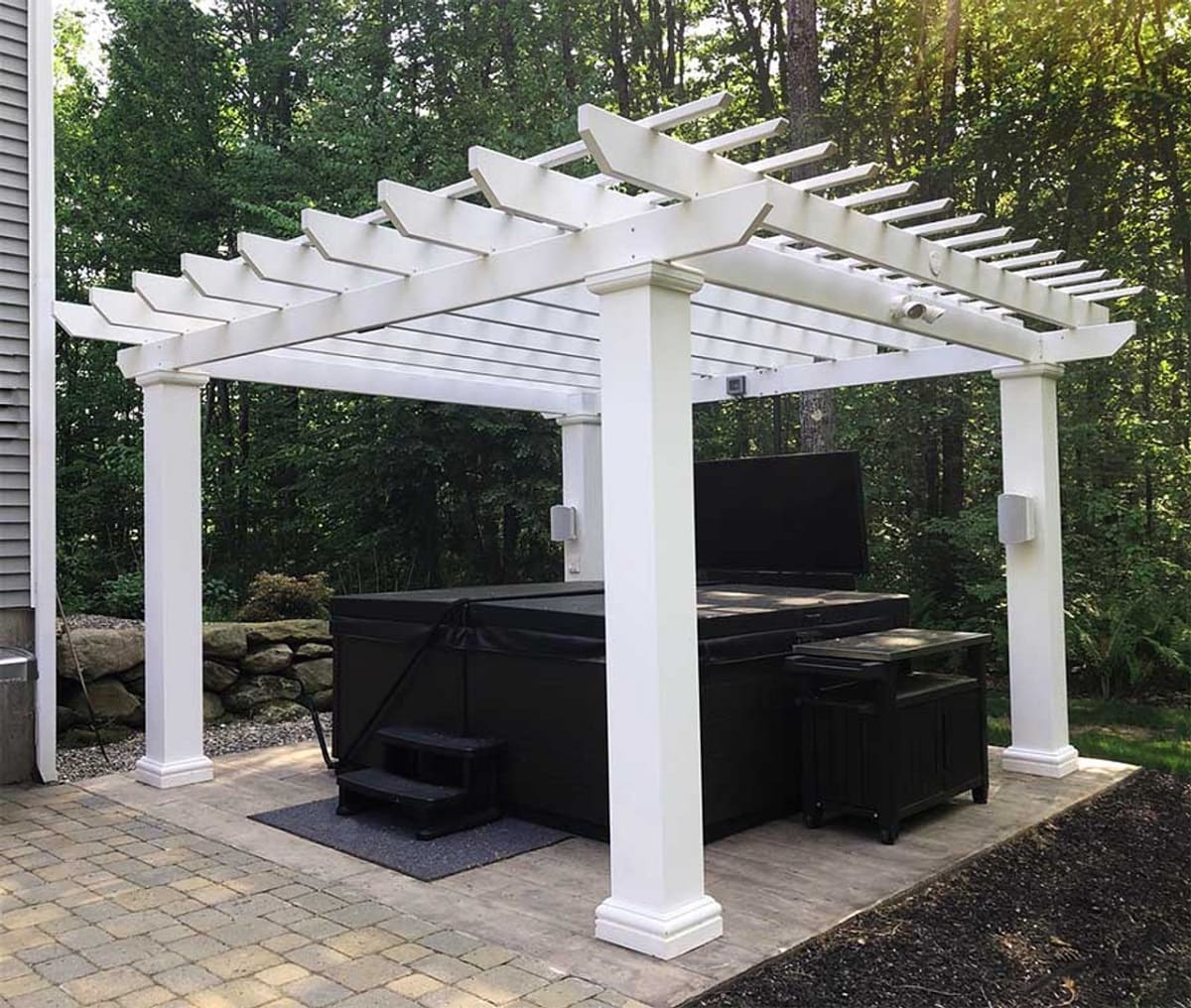
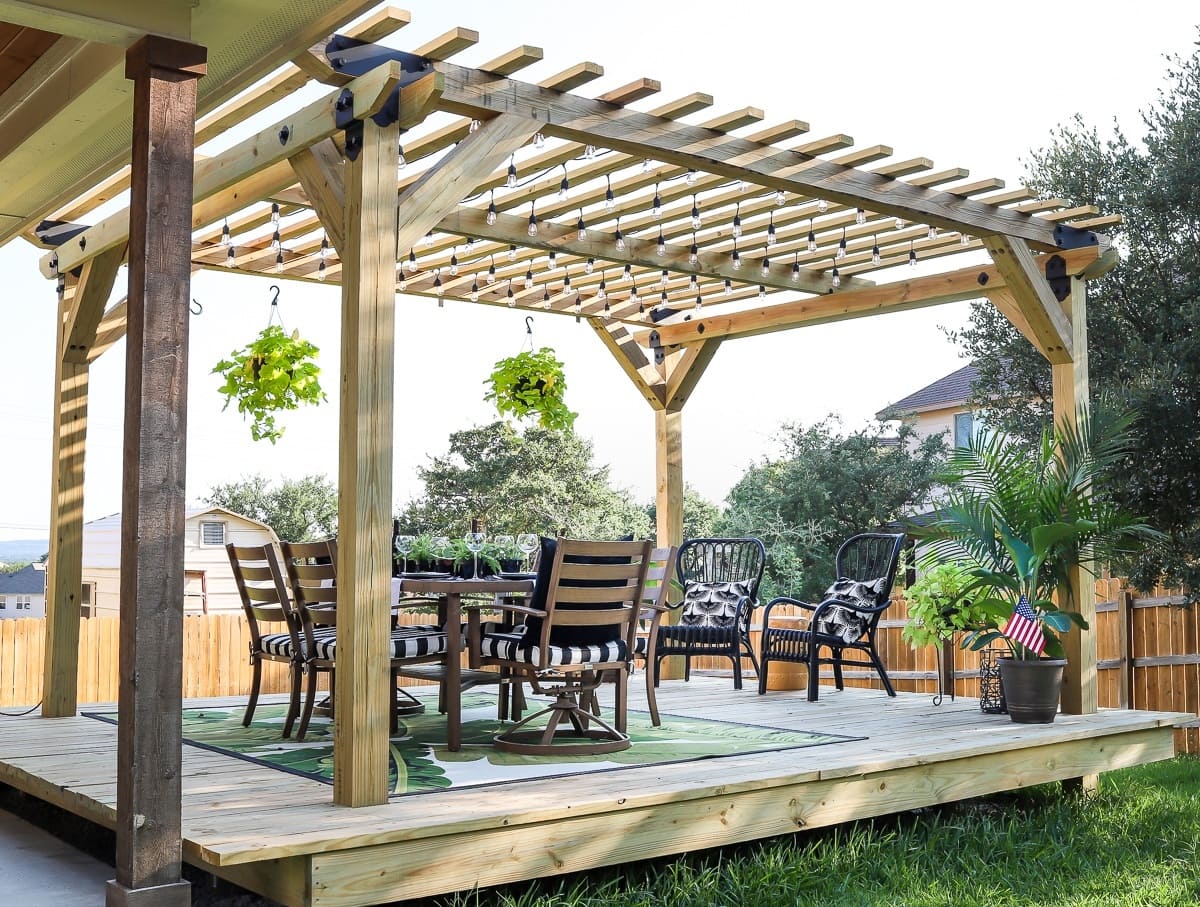
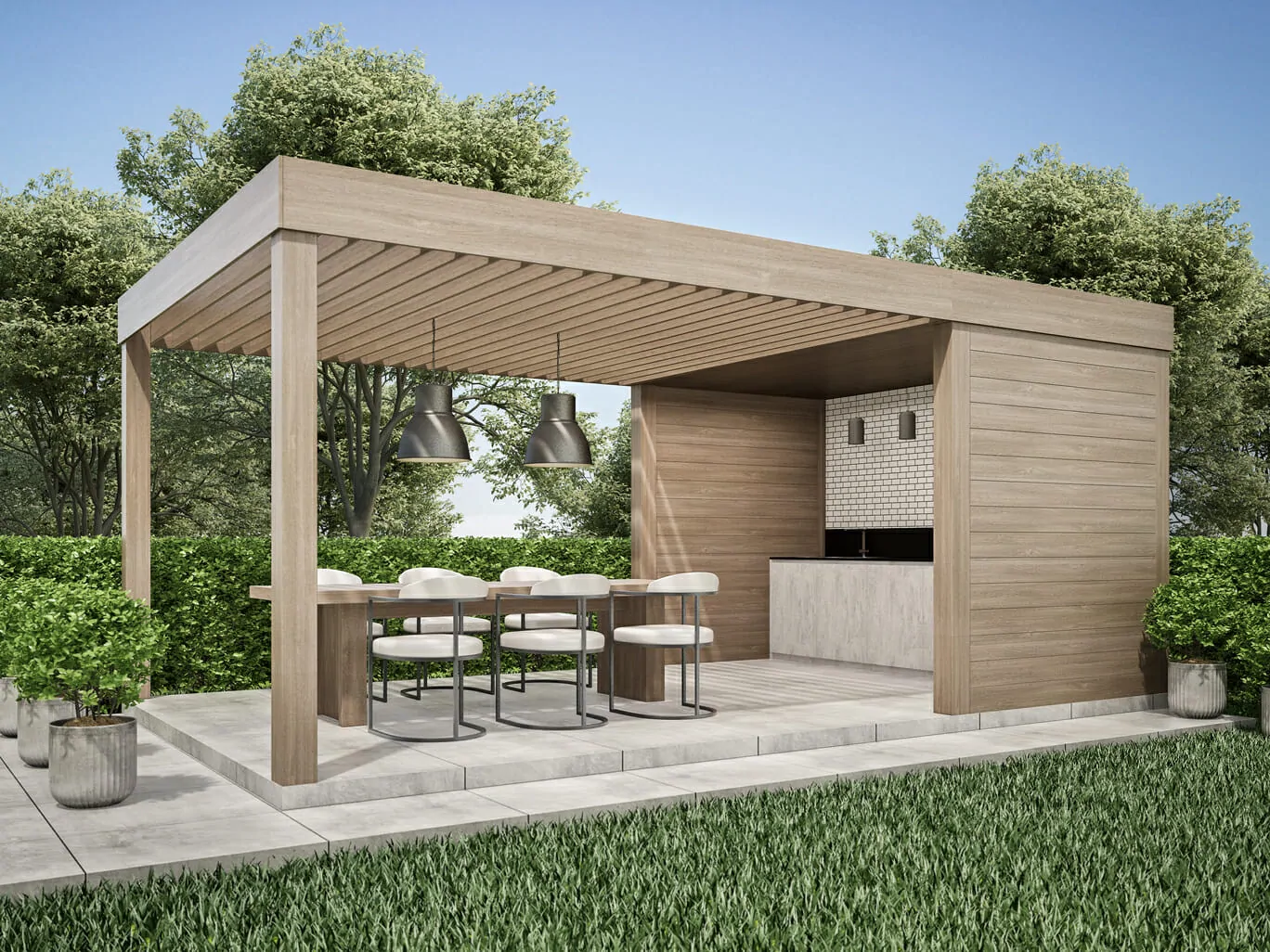
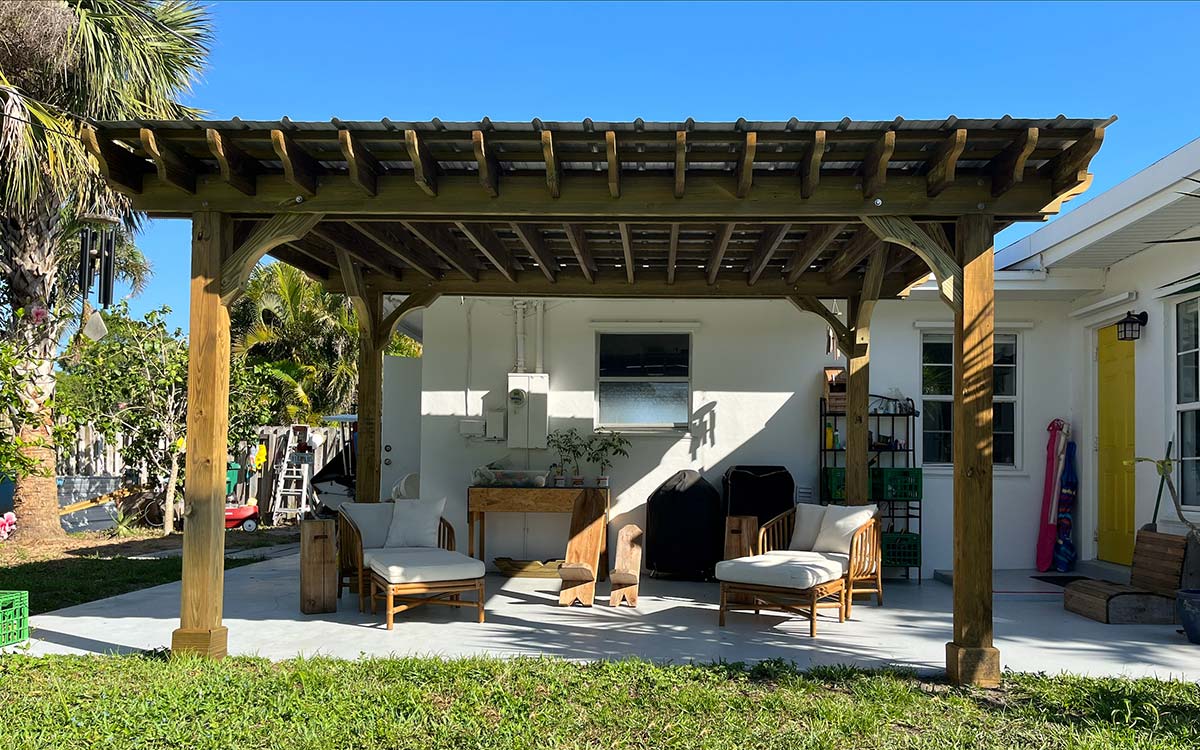

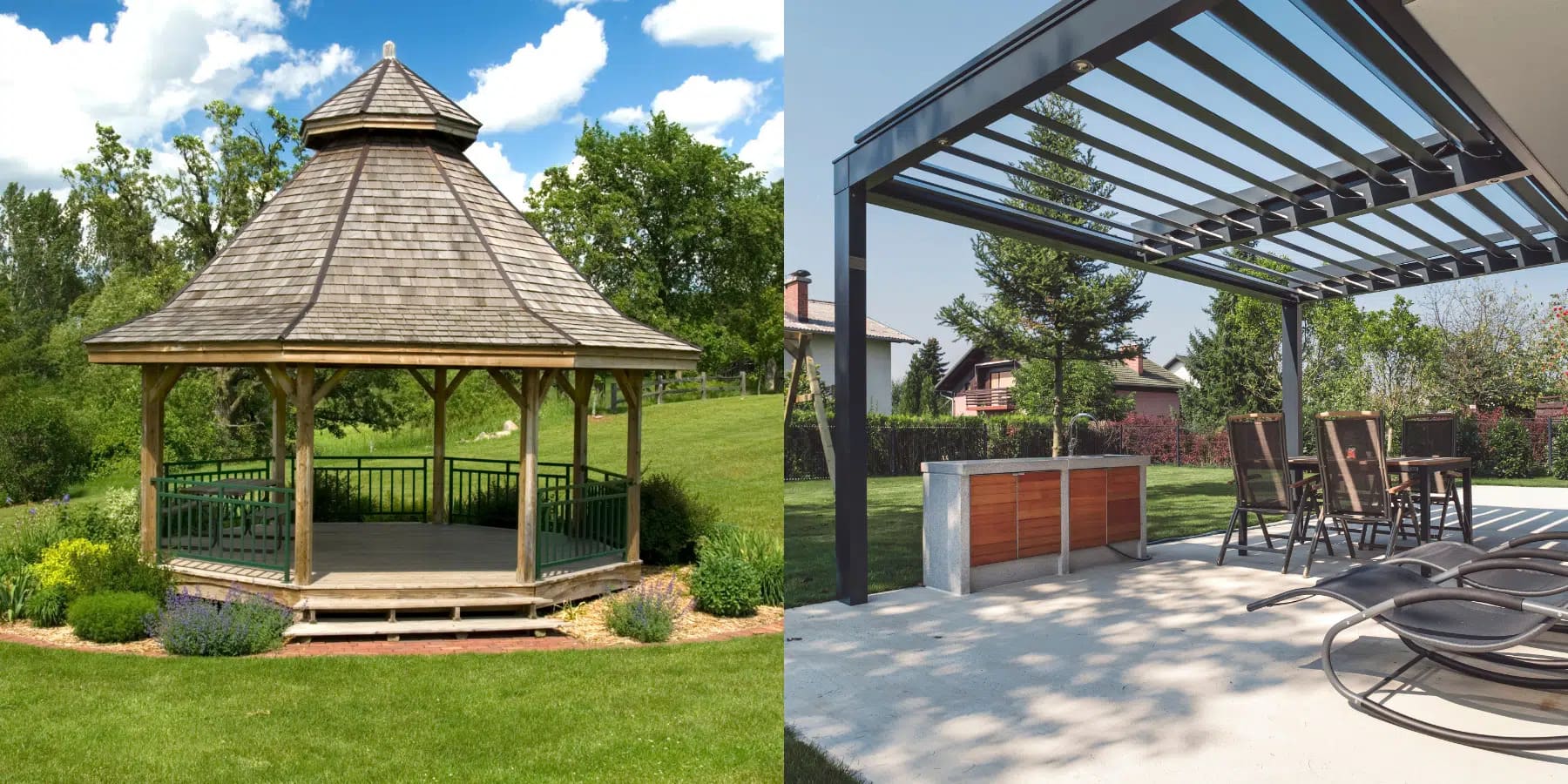
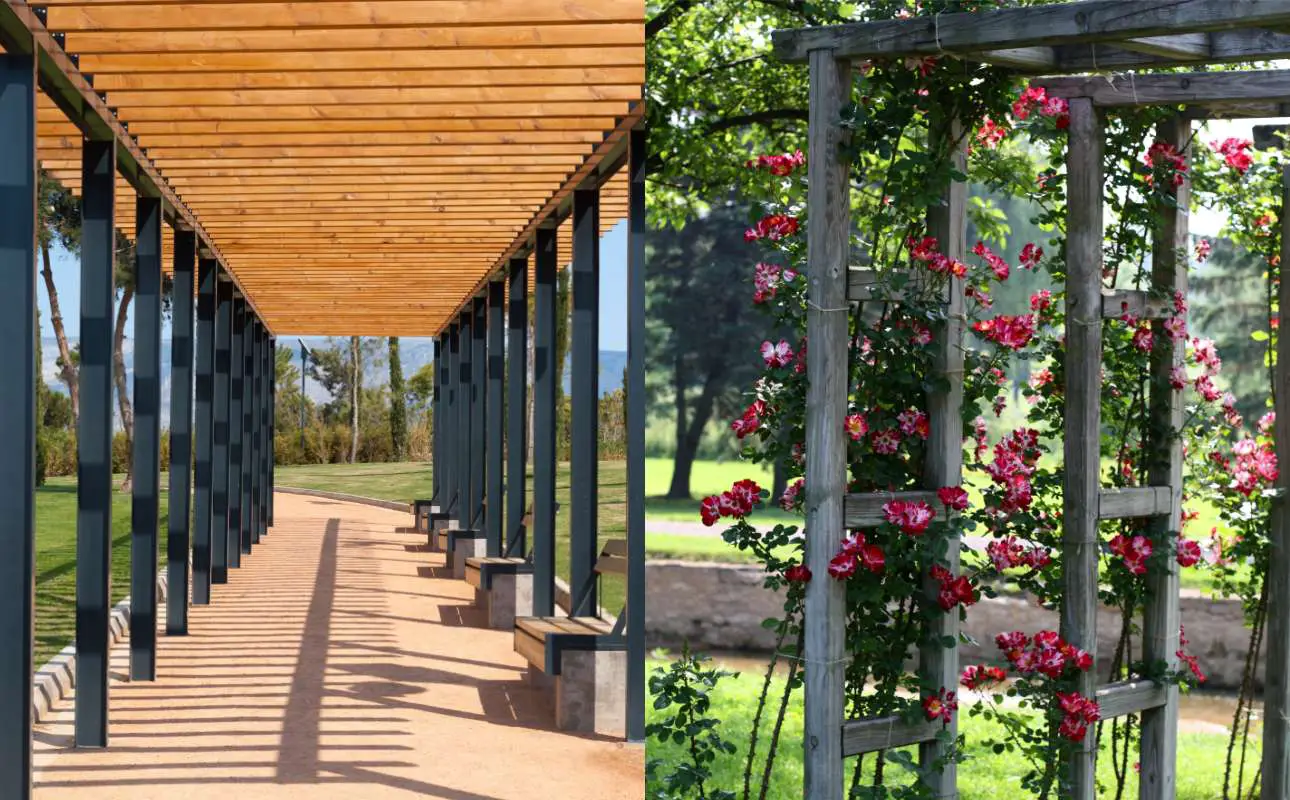
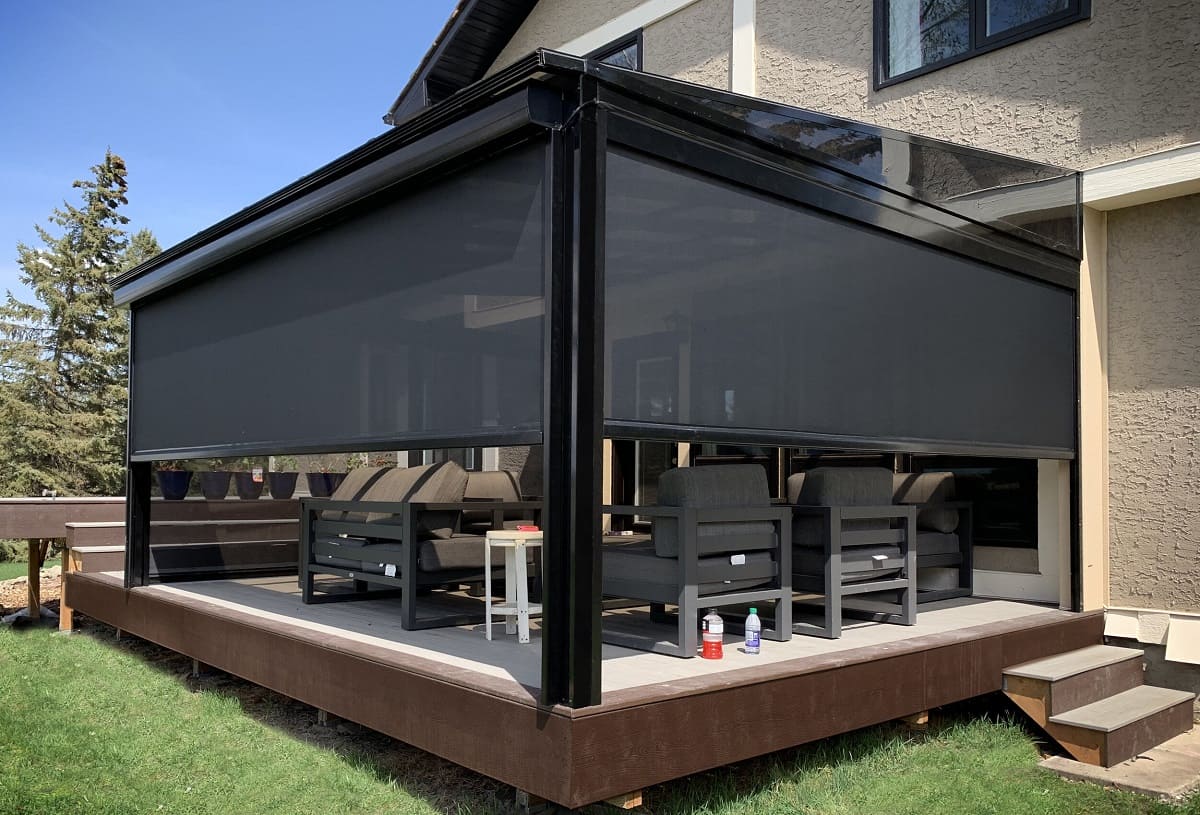
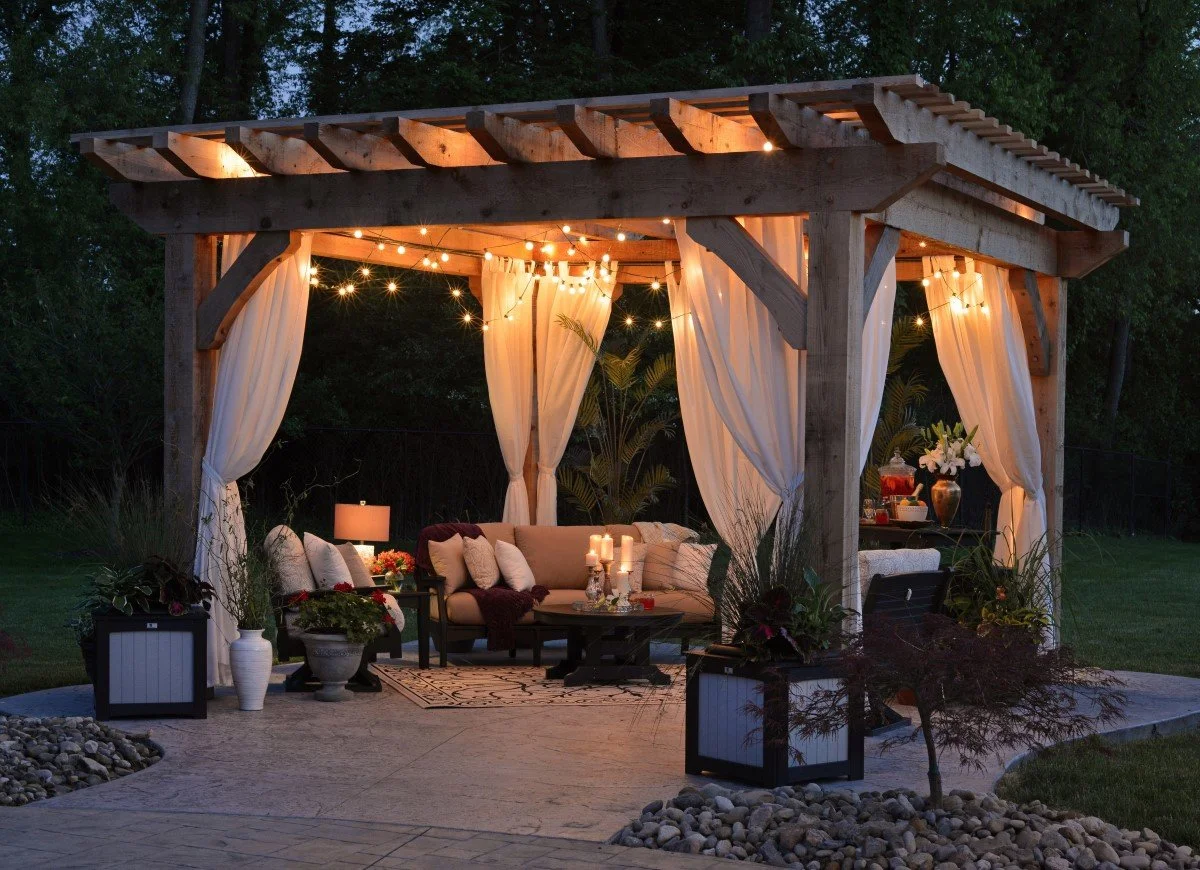
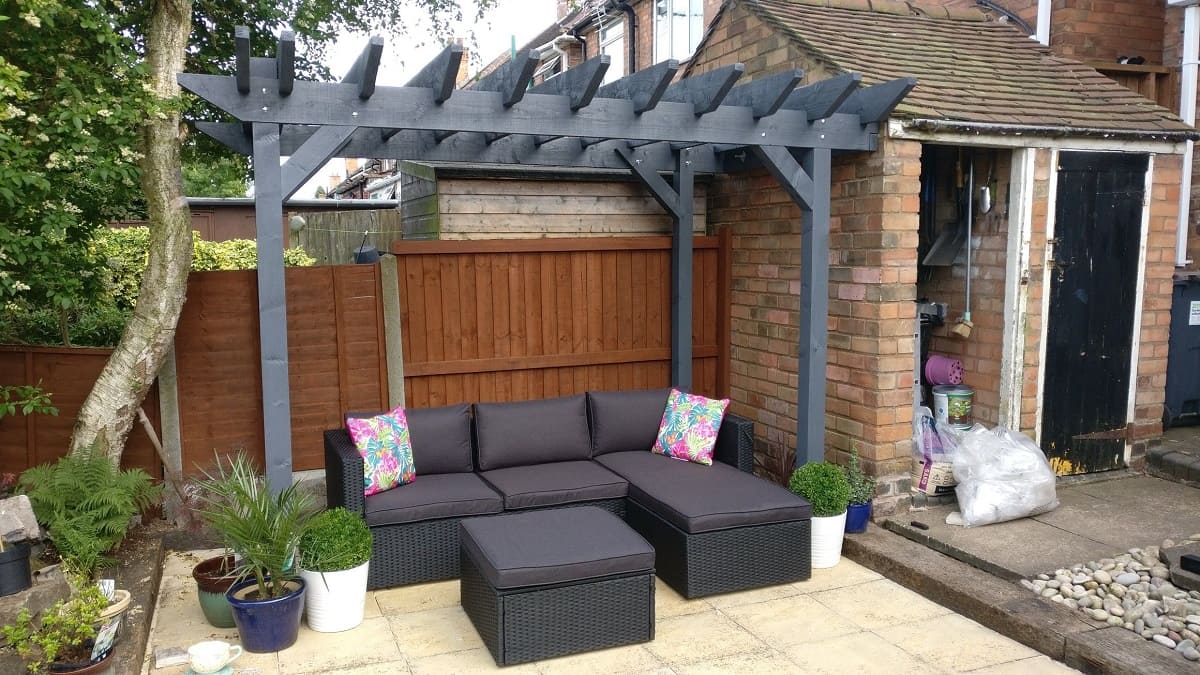
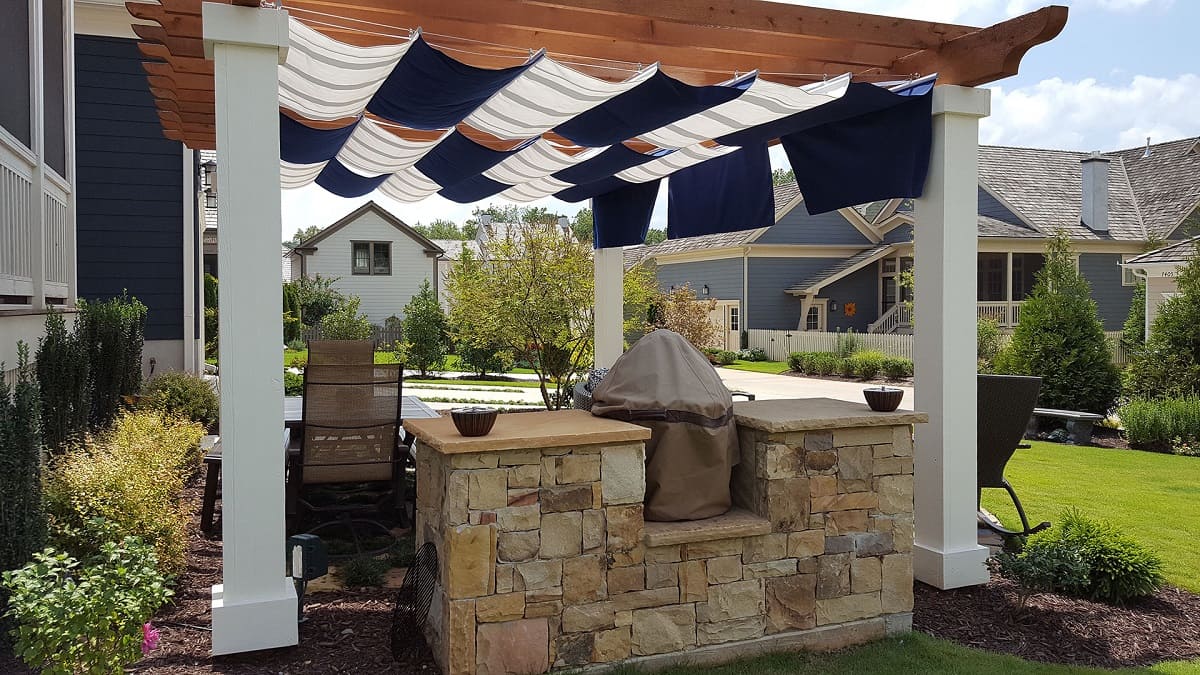
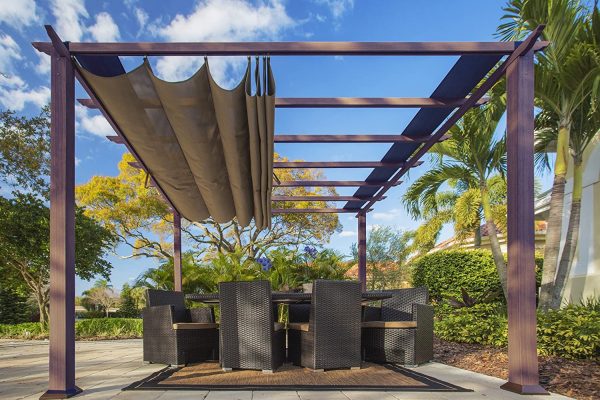
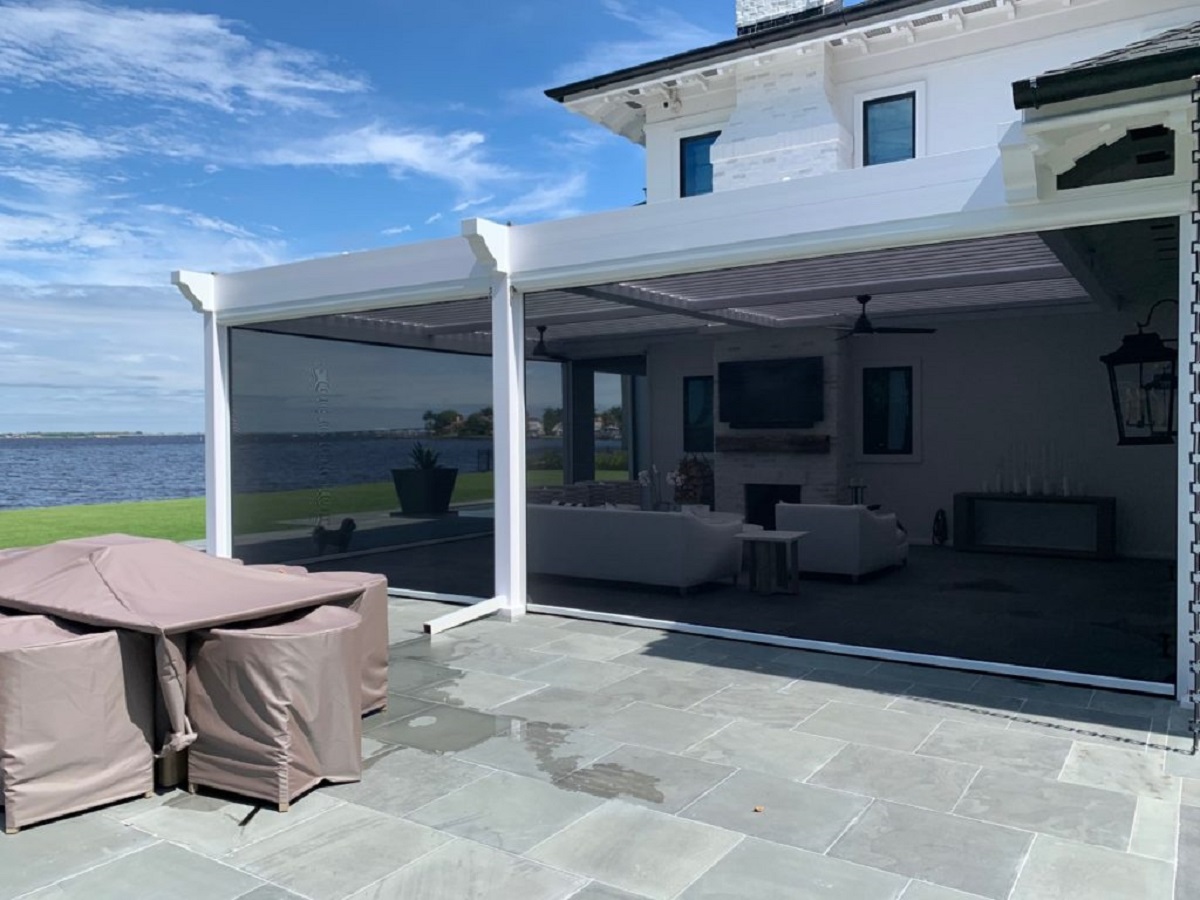

0 thoughts on “What Are Pergola Designs?”